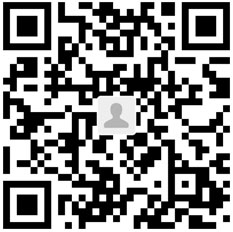跟永哥学HTML5(3):HTML5新增语义化元素的使用 对新增语义化元素已经做过讲解,本节将巩固H5语义化标记的使用
article
— 解释
article标签装载显示一个独立的文章内容。例如一篇完整的论坛帖子,一则网站新闻,一篇博客文章等等,一个用户评论等等 artilce可以嵌套,则内层的artilce对外层的article标签有隶属的关系。例如,一个博客文章,可以用article显示,然后一 些评论可以以article的形式嵌入其中。
— 示列
<article> <h1>文章标题</h1> 这是一篇文章 <article>评论1...</article> <article>评论2...</article> </article>
section
section 标签定义文档中的节(section、区段)。比如章节、页眉、页脚或文档中的其他部分。
— 示列
<body>
<section>
<h1>章节一</h1>
<p>详细内容...</p>
</section>
<section>
<h1>章节二</h1>
<p>详细内容...</p>
</section>
</body>
aside
aside 用来装载非正文类的内容。例如广告,成组的链接,侧边栏等等。
— 示列
<aside> 热门文章 </aside> <aside> 广告 </aside> <article> <h1>文章标题</h1> 这是一篇文章 <article>评论1...</article> <article>评论2...</article> </article>
hgroup
hgroup 标签用于对网页或区段的标题元素(h1-h6)进行组合。例如,在一个区段中你有连续的h系列的标签元素,则可以用hgroup将他们括起来。
— 示列
<hgroup> <h1>The reality dysfunction</h1> <h2>Space is not the only void</h2> </hgroup> <hgroup> <h1>Dr. Strangelove</h1> <h2>Or: How I Learned to Stop Worrying and Love the Bomb</h2> </hgroup>
header
header 标签定义文档的页面组合,通常是一些引导和导航信息。
— 示列
<header> <p>this is the page Logo</p> <nav>this is page navigation</nav> </header>
footer
footer 标签定义 section 或 document 的页脚。在典型情况下,该元素会包含创作者的姓名、文档的创作日期以及/或者联系信息。
— 示列
<footer> © 2012 Baidu 使用百度前必读 京ICP证030173号 </footer>
nav
nav 标签定义显示导航链接不是所有的成组的超级链接都需要放在nav标签里。nav标签里应该放入一些当前页面的主要导航链接。 例如在页脚显示一个站点的导航链接(如首页,服务信息页面,版权信息页面等等),就可以使用nav标签,当然,这不是必须的。
— 示列
<nav> <ul> <li><a href=”articles.html”>Index of all articles</a></li> <li><a href=”today.html”>Things sheeple need to wake up for today</a></li> <li><a href=”successes.html”>Sheeple we have managed to wake</a></li> </ul> </nav>
time
125jz网原创文章。发布者:江山如画,转载请注明出处:http://www.125jz.com/4893.html

 微信扫一扫
微信扫一扫  支付宝扫一扫
支付宝扫一扫 